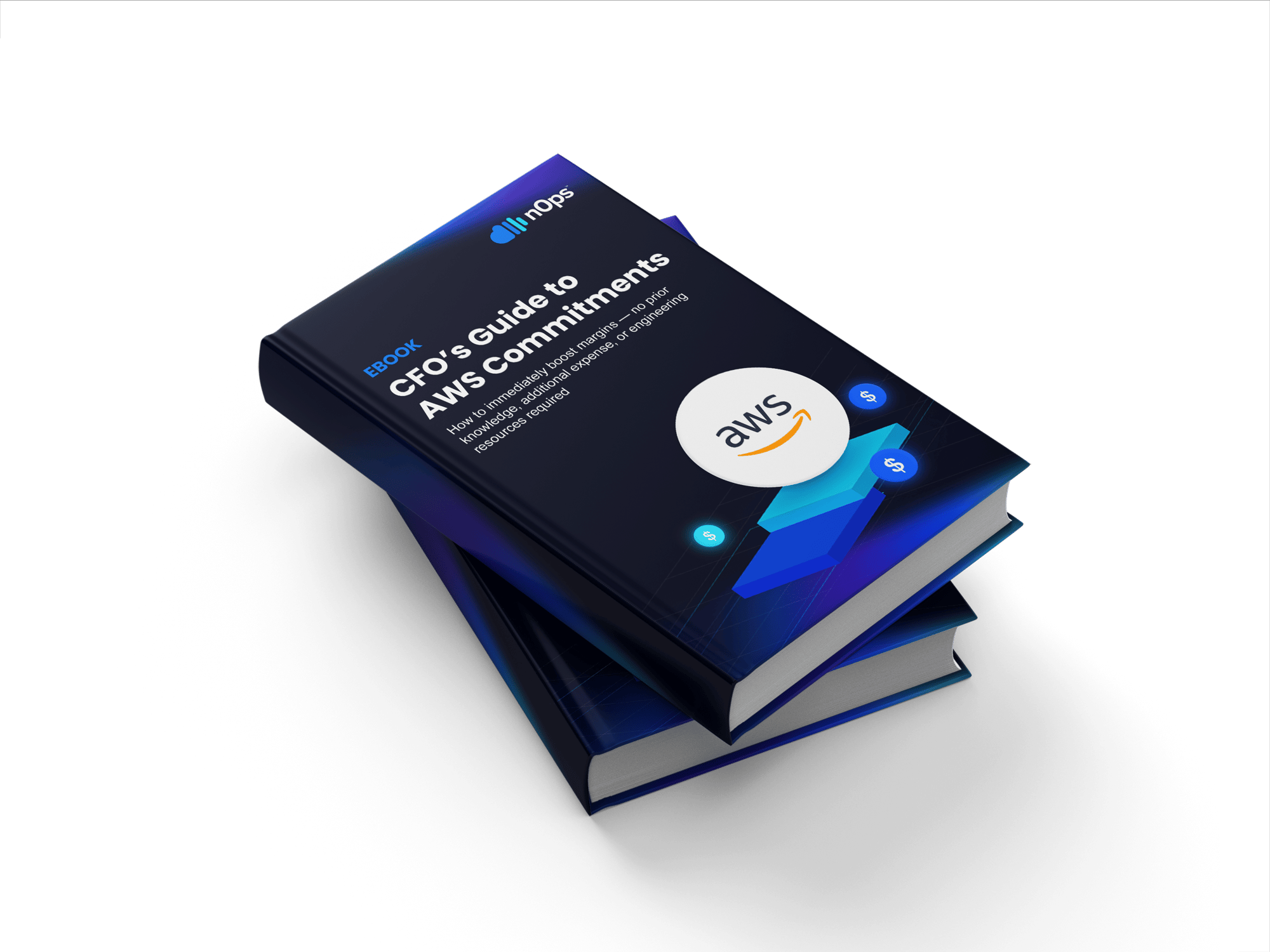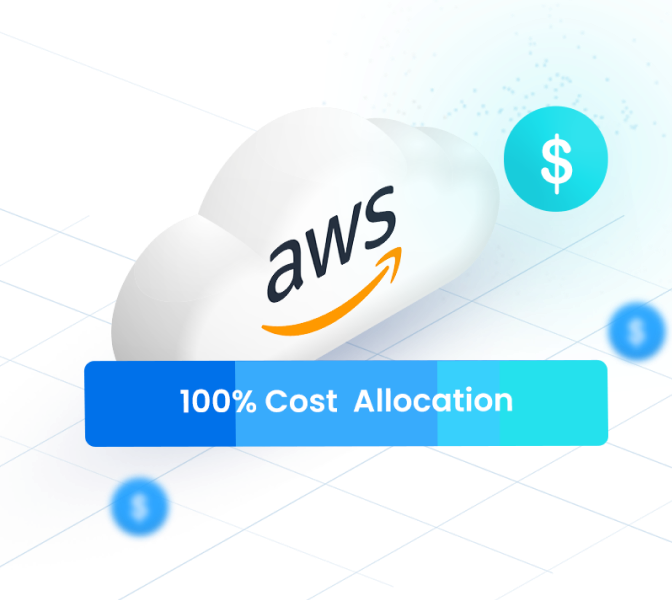97% of CIOs firmly believe that it is critical to demonstrate the value for money that IT provides. As technologies become more complex, financial management of IT investments will prove to be more challenging yet necessary for organizations.
In fact, without IT financial management, organizations can end up losing opportunities of maximizing their ROI on IT investments.
In this article, we will look at what IT financial management is and how to implement it effectively.
What Is IT Financial Management?

Information Technology Financial Management or ITFM is the process of analyzing IT expenditures to optimize IT spending–both for business units and IT departments.
It is a powerful resource to improve your technical services while lowering overall costs. ITFM can help an organization better understand the financial value of IT services that they provide to their customers.
At a basic level, ITFM can include tracking, analyzing, and optimizing IT services and assets. Effective ITFM can help organizations get the most value out of their IT investments, uncover cost-saving opportunities, and allocate resources with the goal of increasing ROI.
AWS Cloud Cost Allocation: The Complete Guide
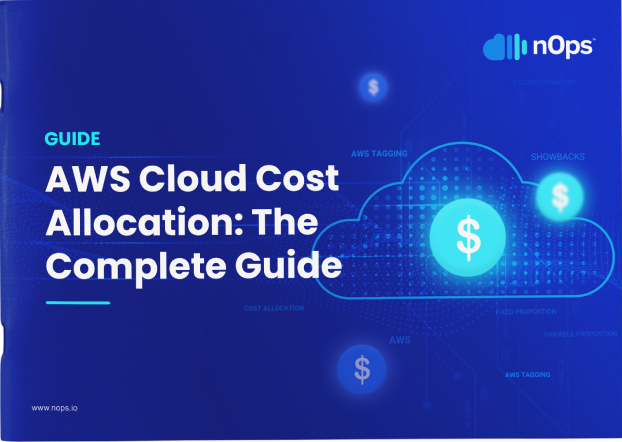
What Are The Benefits Of IT Financial Management (ITFM)?
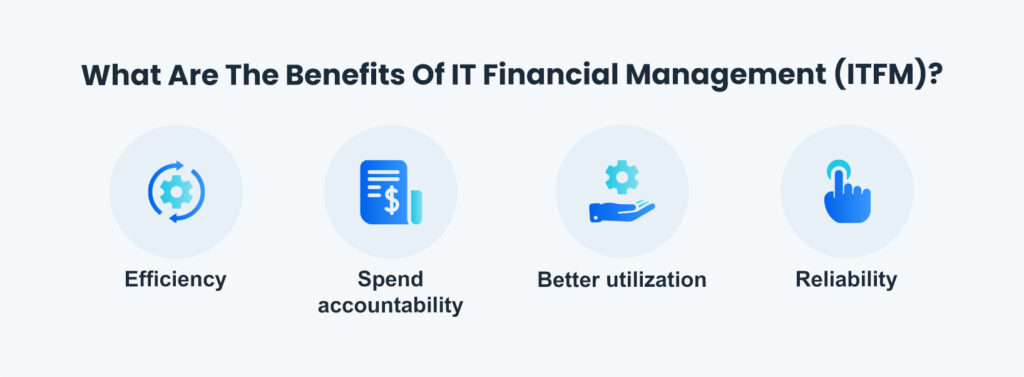
- Efficiency: ITFM can provide per unit costs of your usage and activities, which can help keep a check on the demand for IT services and allow you to allocate funds better only for the most needed IT investments.
- Spend accountability: One of the most significant advantages of ITFM is that even business users are held accountable for their IT usage and spending. They can either be made aware of their IT spending (showback) or billed for their usage (chargeback). The data collected through cloud chargeback and showback reports can also be used to improve resource utilization, smooth out demand peaks, and increase overall efficiency.
- Better utilization: Since most cloud providers have a pay-as-you-go payment model for shared resources, organizations can scale up or down depending on their project requirements. The underutilized resources can then be allocated to other business units to ensure they aren’t idle for long periods of time.
- Reliability: To control costs and avoid unnecessary expenses, ITFM encourages adopting standardized platform configurations instead of custom configurations wherever possible. Because the lower-cost standardized platforms are more common, they lead to a more stable and reliable IT environment. This, in turn, means fewer support tickets, faster issue resolutions, and higher efficiency for your IT staff.
What Are IT Financial Management (ITFM) Best Practices?
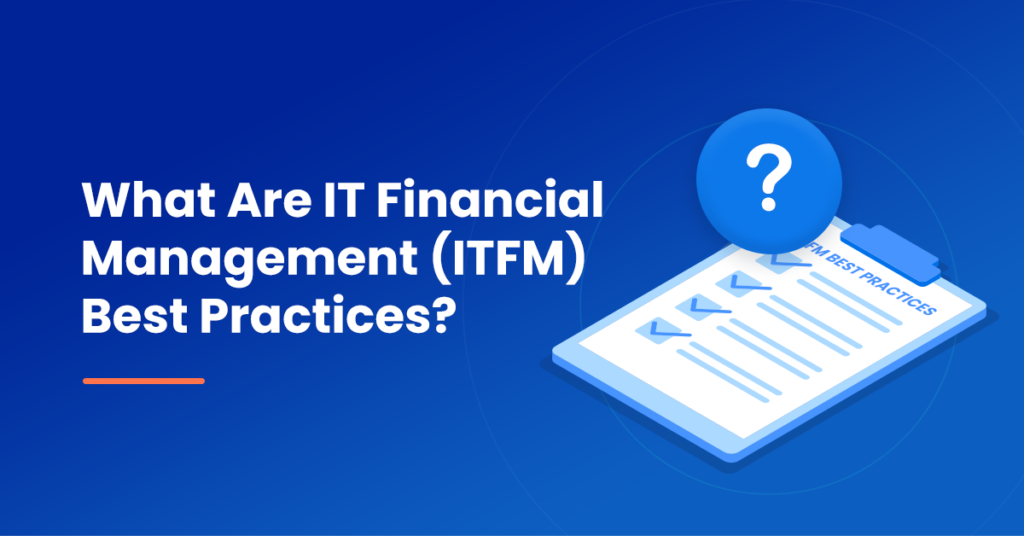
1) Create an ITFM business case
You need to justify the investment and benefits that ITFM would bring to the organization through a business case to get all the leadership on board.
Ideally, your ITFM business case should include the proposed value it will bring to the organization, the potential risks involved, the initial investment and the organizational changes needed to adopt ITFM.
2) Align ITFM with your business strategy
Your company initiatives and business strategy should align with your ITFM efforts to ensure you are able to benefit from them. At the same time, you should also gather data to analyze the current situation and establish benchmarks for measuring the proposed benefits of ITFM.
3) Identify all the top priorities
While ITFM will touch all the different aspects of technology in your organization, it’s essential to identify your top priorities to decide your focus for the next few weeks or months. Start with keeping your priorities as the primary foundation for your ITFM initiative and measure the success through the established benchmarks.
4) Identify the main stakeholders
You cannot see any visible results from ITFM if it’s just a standalone function in your organization. Instead, ITFM needs stakeholder buy-in. It should align cross-functionally with all IT teams and departments, including IT Ops, IT Finance, and FinOps.
Your stakeholders should also align with the changes ITFM will bring since that will directly affect the allocation of resources and funding for their respective business units.
Quantify infrastructure cost optimization
Cost optimization is one of the significant pillars of ITFM, and it can include several factors to decrease overall IT spending. The extra IT expenses can be optimized by:
- Decommissioning unused resources: Decommission old applications and related resources that no longer provide value to your business. Legacy systems require more maintenance and support, draining your valuable IT resources and increasing costs.
- Eliminate or consolidate shadow IT: Shadow IT doesn’t just introduce security and compliance issues but can also increase your IT spending. Eliminating shadow IT effectively can ensure you only pay for resources, applications, and licenses you use continuously.
- Reallocate resources: Identify critical applications and the current resource consumption to reduce requests for new resources effectively. Instead, focus on reallocating existing resources that are currently unused or idle.
- Showback and chargeback: ITFM can only succeed when all the stakeholders understand resource consumption’s impact on the overall IT spend. Leveraging showback and chargeback can help improve accountability while empowering stakeholders to find areas of cost optimization and reduction. You can either share showback reports with different teams and departments to inform them of their monthly spending, or you can chargeback the teams based on their allocated budget.
- Cloud migration: Shifting resources from on-premises to a public or hybrid cloud can optimize costs and increase financial agility. ITFM encourages cost-benefit analysis to predict expected cost reductions for third-party cloud providers.
Step-by-Step Framework To Implement ITFM In An Organization!
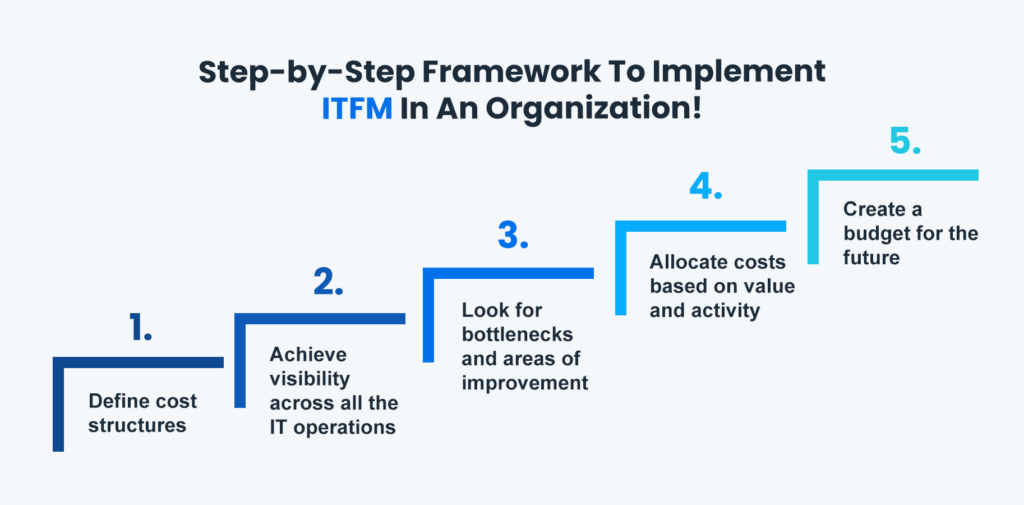
1) Define cost structures:
To kickstart your ITFM efforts, you need to calculate the cost of the entire system, starting with the cost for all the individual components that make up the system. You can consider cost per instance, user, or transaction as the basis for your cost analysis model.
2) Achieve visibility across all the IT operations.
Effective ITFM requires visibility across all the different parts of your organization. Siloed data and communication can make gathering and analyzing data extremely difficult. That is why you should ensure all the service components, including on-premises data centers and the public cloud, are visible to everyone involved.
3) Look for bottlenecks and areas of improvement.
ITFM can only improve IT spending when you know the problems you are trying to solve. Start by focusing on bottlenecks and areas of improvement like:
- Overallocated resources
- Idle resources that continue running even during downtime
- No proper visibility into cloud spending
- Siloing work and communication between different departments
- Insufficient IT staff
- No space for innovation
4) Allocate costs based on value and activity.
If there is no budget set for the usage of IT resources, business units can use resources at their own discretion, which can quickly run an organization off of its IT spending budget. To avoid this, you can assign a consumption budget to every business unit based on their usage and charge them according to their resource consumption.
A well-designed chargeback cost allocation strategy can improve cost transparency and encourage business units to be more responsible about their consumption–knowing they will be accountable if they go above their budget.
5) Create a budget for the future.
While keeping a continuous check on IT costs is important, ITFM also involves estimating cost implications for the future. Using the existing cost structures and past historical data, you can build forecasts for your IT spending to understand organizational growth better and get your expenditure in check.
How Can nOps Help Adopt IT Financial Management (ITFM)?
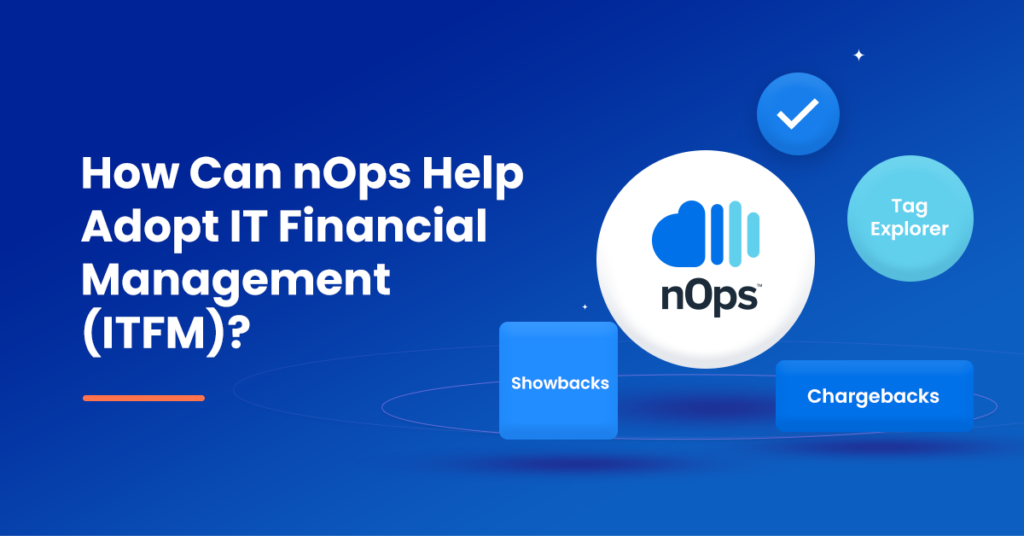
nOps can help you efficiently adopt ITFM for the cloud by optimizing costs for AWS resources and decreasing your overall AWS expenditure by over 50%. Through the exhaustive nOps tag explorer, you can create cost allocation tags and quickly generate chargeback or showback reports for different business units across the organization. You can view the cost history for all AWS resources and optimize the already utilized resources.
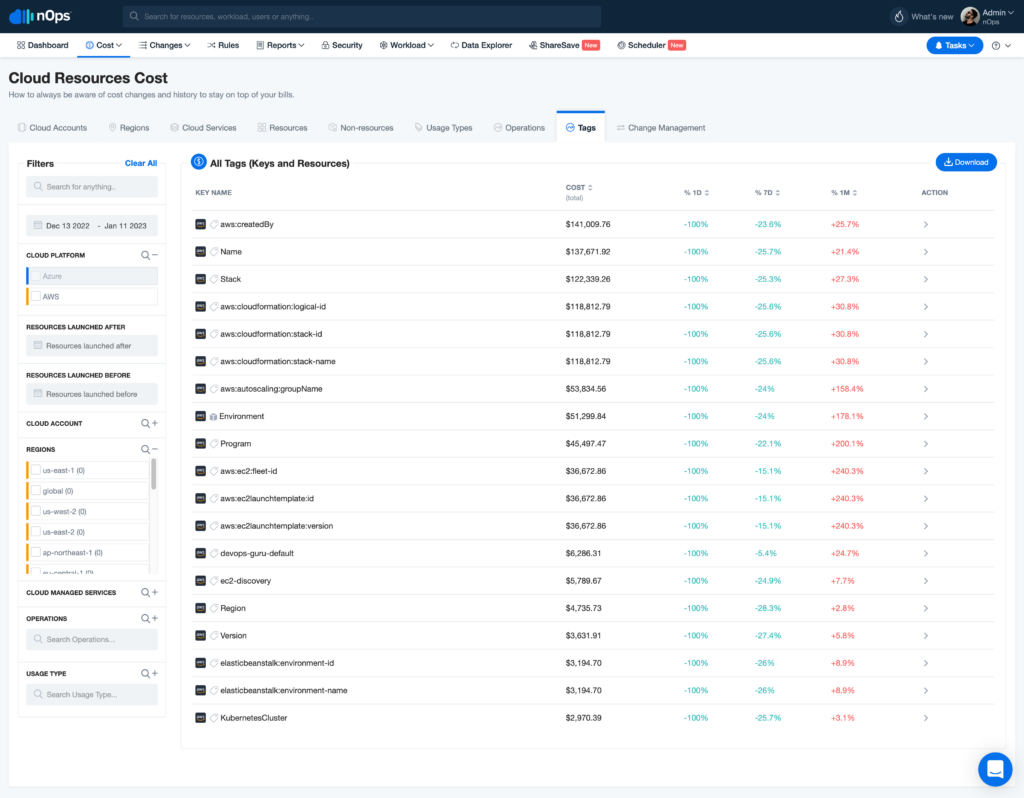
Your team focuses on innovation, while nOps runs optimization on auto-pilot to help you track, analyze and optimize accordingly! Our customers can benefit in two key ways:
- First, pay less for what you use without the financial risk.
- Second, use less by automatically pausing idle resources.
Let us help you save! Sign up for nOps today.
